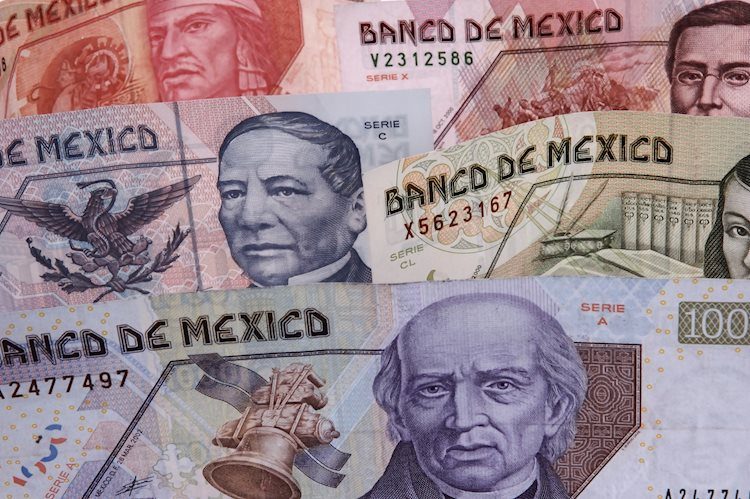The Mexican Peso has seen a rise against the US Dollar following the release of the latest US inflation report. This comes ahead of the Bank of Mexico (Banxico) monetary policy decision, where it is expected that rates will be cut. Currently, the USD/MXN is trading at 20.50, down 0.27%.
The US inflation data for October was in line with expectations, leading investors to believe that the Federal Reserve (Fed) may lower interest rates by 25 basis points at the December meeting. According to CME FedWatch Tool data, the likelihood of a rate cut has increased to 82%.
Banxico is anticipated to reduce rates from 10.50% to 10.25% on Thursday, according to analysts. This move would narrow the interest rate differential between Mexico and the US, possibly causing the USD/MXN to rise and challenge the year-to-date peak at 20.80.
The risk appetite remains fragile due to the appointment of two China hawks to President-elect Donald Trump’s cabinet. This may lead to a tougher stance against China, Mexican drug cartels, and illegal immigration. Minneapolis Fed President Neel Kashkari believes additional rate cuts are necessary, while Dallas Fed President Lorie Logan suggests a cautious approach is needed.
Upcoming events this week include Mexico’s Banxico policy decision and US economic indicators such as Fed speakers, producer inflation, and Retail Sales. These factors will influence the direction of the USD/MXN pair in the near term.
Despite the US Dollar Index climbing to a seven-month high, the USD/MXN remains steady. US Consumer Price Index (CPI) data for October showed a rise in line with expectations, with monthly and core CPI also meeting forecasts. Futures contract data indicates expectations of 23 bps of Fed easing by the end of 2024.
The USD/MXN technical outlook suggests an upward bias, with resistance levels at 20.80 and 21.00 if breached. On the downside, support levels are at 20.50, 20.00, and 19.73, with further support at 19.50 and 19.23.
The Mexican Peso’s value is influenced by various factors such as the country’s economic performance, foreign investment, remittances, and geopolitical trends. Banxico’s objective is to maintain low and stable inflation through interest rate adjustments. Macroeconomic data releases and market sentiment also play a role in determining the value of the Mexican Peso. As an emerging-market currency, MXN tends to perform well during risk-on periods and weaken during market turmoil.










